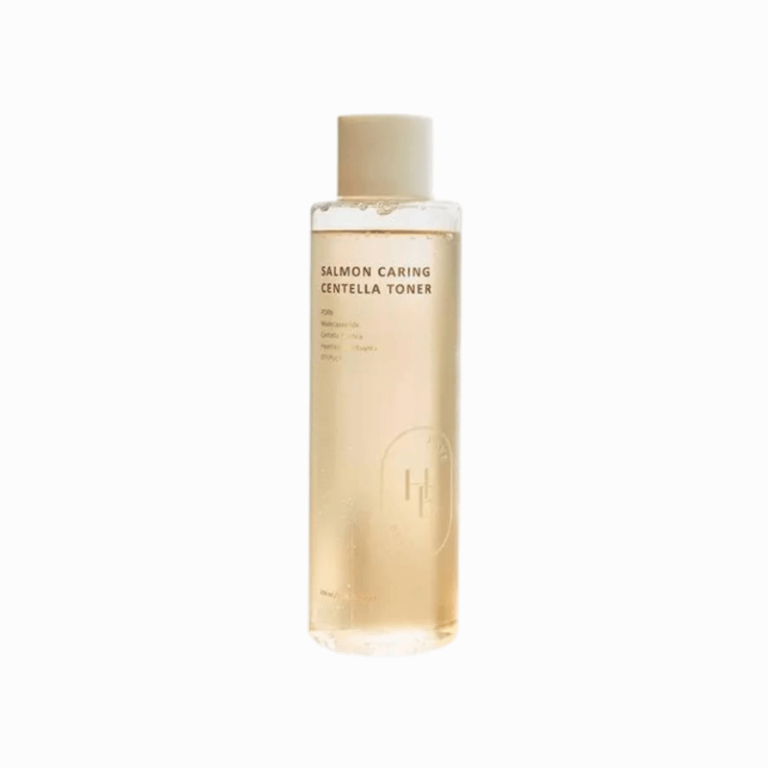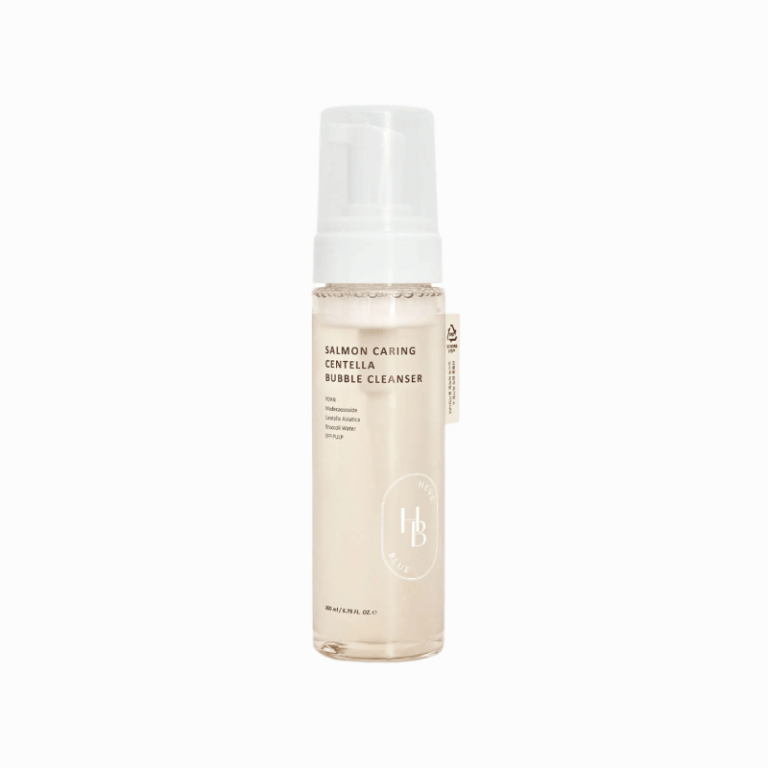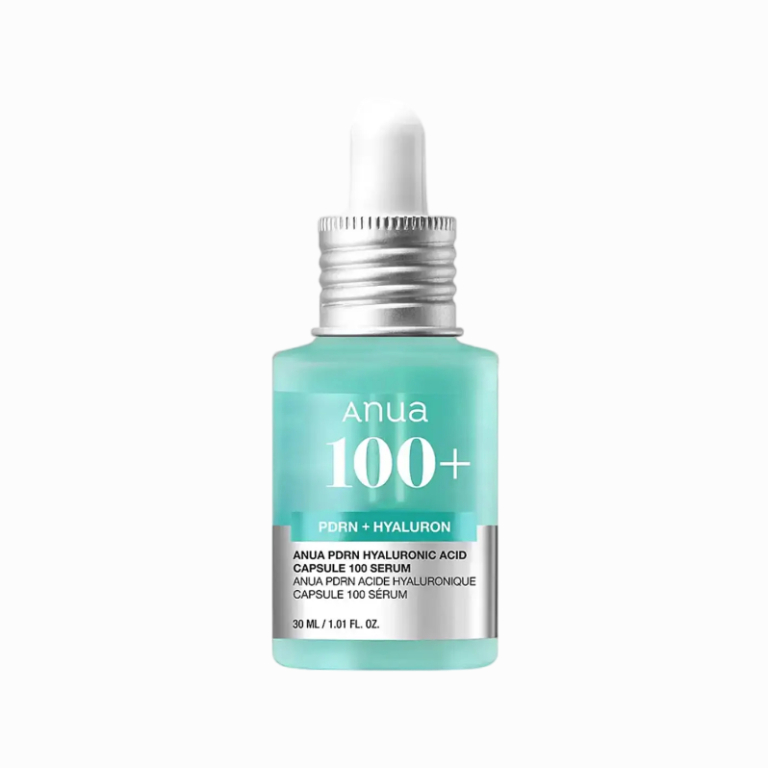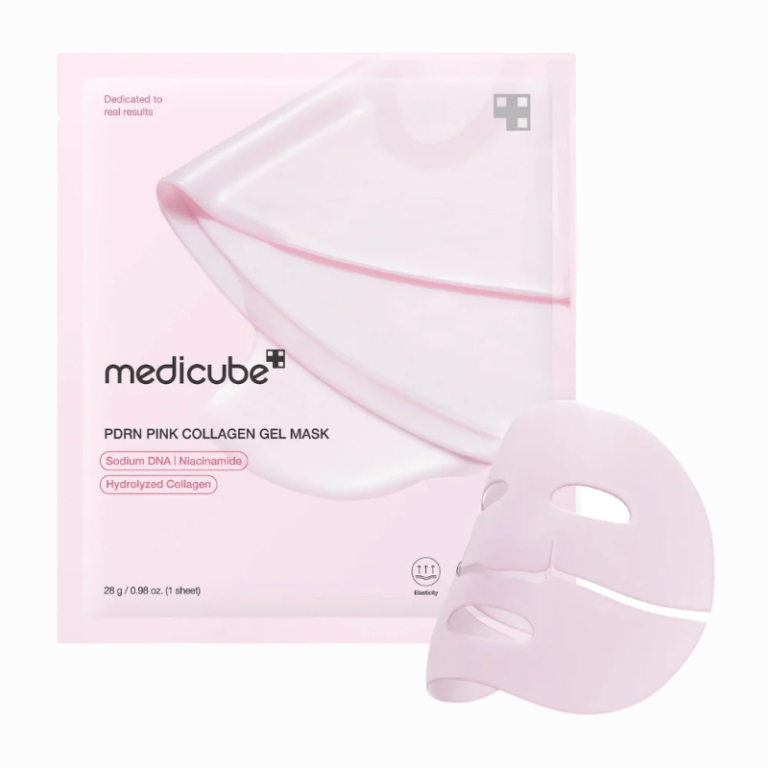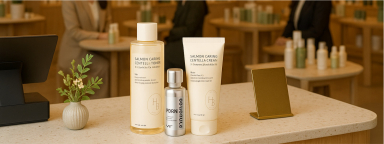
Anyone interested in effective skin care can hardly avoid one term: PDRN. This innovative active ingredient is causing a stir in the Korean cosmetics industry - thanks to its impressive effect on skin renewal, elasticity and radiance.
What exactly is PDRN?
Behind the complicated-sounding name polydeoxyribonucleotide (PDRN for short) are natural DNA fragments that are obtained from particularly pure sources of biological origin. These DNA building blocks are prepared and stabilized in complex extraction processes - usually as sodium DNA - so that they can be used safely and highly effectively in skin care.
Production takes place under strictly controlled conditions, often seasonally and in special facilities. A well-known example is the Korean product Rejuran, which is obtained from particularly high-quality biological material and is used in various ampoules and serums for skin regeneration.
How does PDRN affect the skin?
PDRN supports skin health on several levels:
- Promoting cell regeneration - it provides important building blocks that cells need for repair and division.
- Stimulation of regenerative processes - it activates the skin's own receptors that promote wound healing, collagen production and blood circulation.
- Anti-inflammatory - PDRN soothes stressed skin and reduces redness or irritation.
The result: the skin appears fresher, smoother and more youthful. PDRN is a particularly popular choice after stressful procedures such as laser treatments, peelings or for sensitive skin.
What are the benefits of PDRN in skincare?
Many users report visibly refined skin and a healthy glow - often after just a few weeks of use (vogue.com).
- Anti-ageing: firmer skin, more elasticity, fewer wrinkles
- Faster healing: Ideal after treatments or for irritated skin
- Strengthening the skin barrier: protection against moisture loss
- Glow effect: more radiance thanks to improved microcirculation
- Equalization of pigmentation disorders: Reduction of acne scars and hyperpigmentation
Vegan alternatives to classic PDRN
As the original sources of PDRN are of animal origin, there are now also vegan alternatives. For example, plant-derived DNA from ginseng, rice bran or green tea has been developed in Korea. These so-called phyto-PDRNs or bio-PDRNs have similar properties to their animal counterparts and open up new possibilities for conscious, animal-free skincare (wishtrend.com), (elle.com).
What are good alternatives to PDRN?
Excellent results can also be achieved without PDRN - for example with these active ingredients:
- Centella Asiatica (Cica): has a calming and wound-healing effect
- Peptides: stimulate collagen formation and promote cell renewal
- Bakuchiol: plant-based retinol substitute with anti-ageing effect
- Niacinamide & vitamin C: strengthen the skin barrier and provide radiance
Fermented ingredients such as ginseng or green tea extracts also promote cell regeneration in a natural way and supplement or replace PDRN in many skincare products.
Conclusion: Regeneration with a deep effect
PDRN has established itself as a highly effective ingredient - whether in classic or herbal form. It helps the skin to regenerate, soothes and strengthens the skin structure from the inside out. If you are looking for visible results and want to improve your skin in the long term, PDRN is a modern, scientifically based solution.
Tip: When buying, it is worth taking a look at the ingredients. Look out for names such as sodium DNA, polydeoxyribonucleotides or phyto-PDRN to find the right products for your skin type and values.
